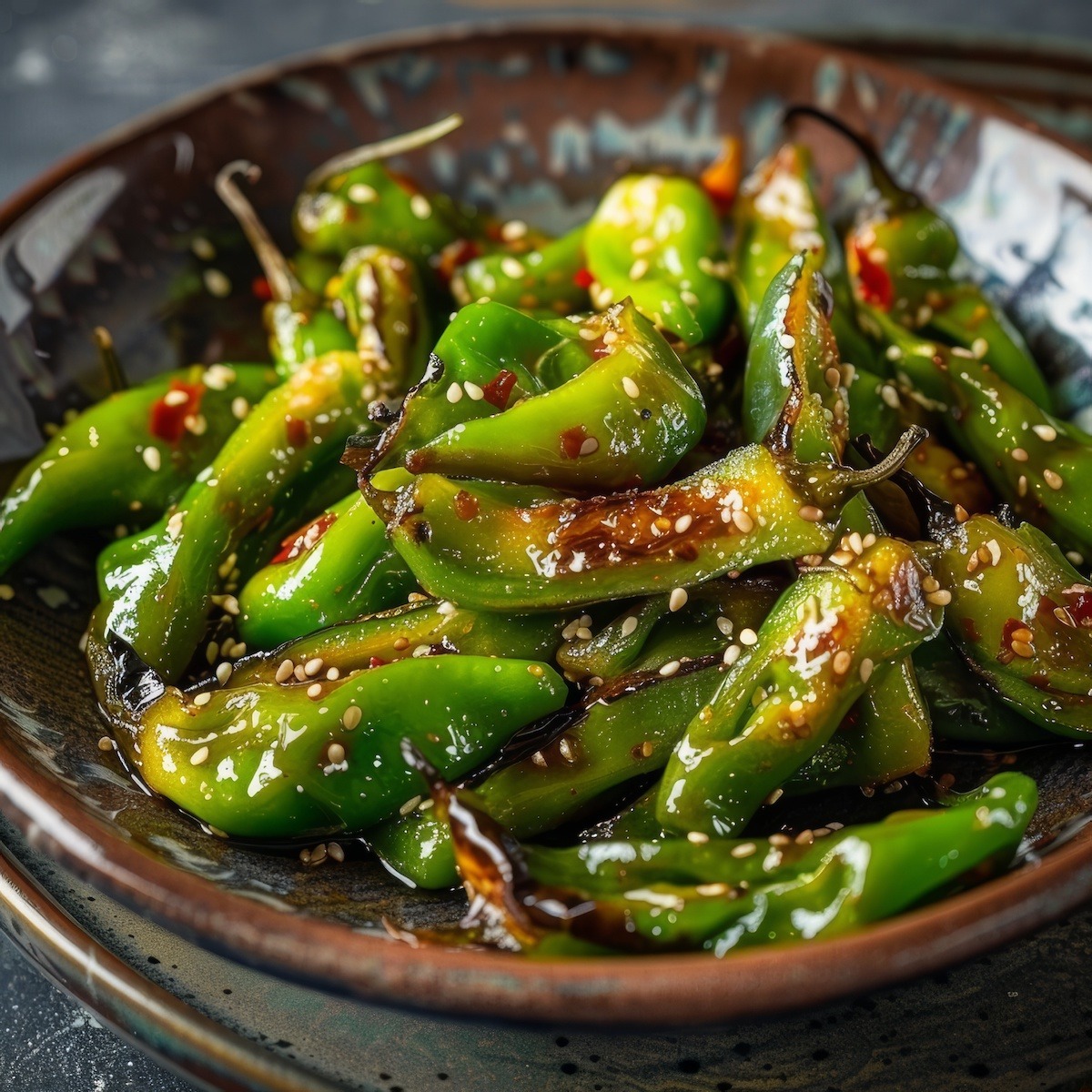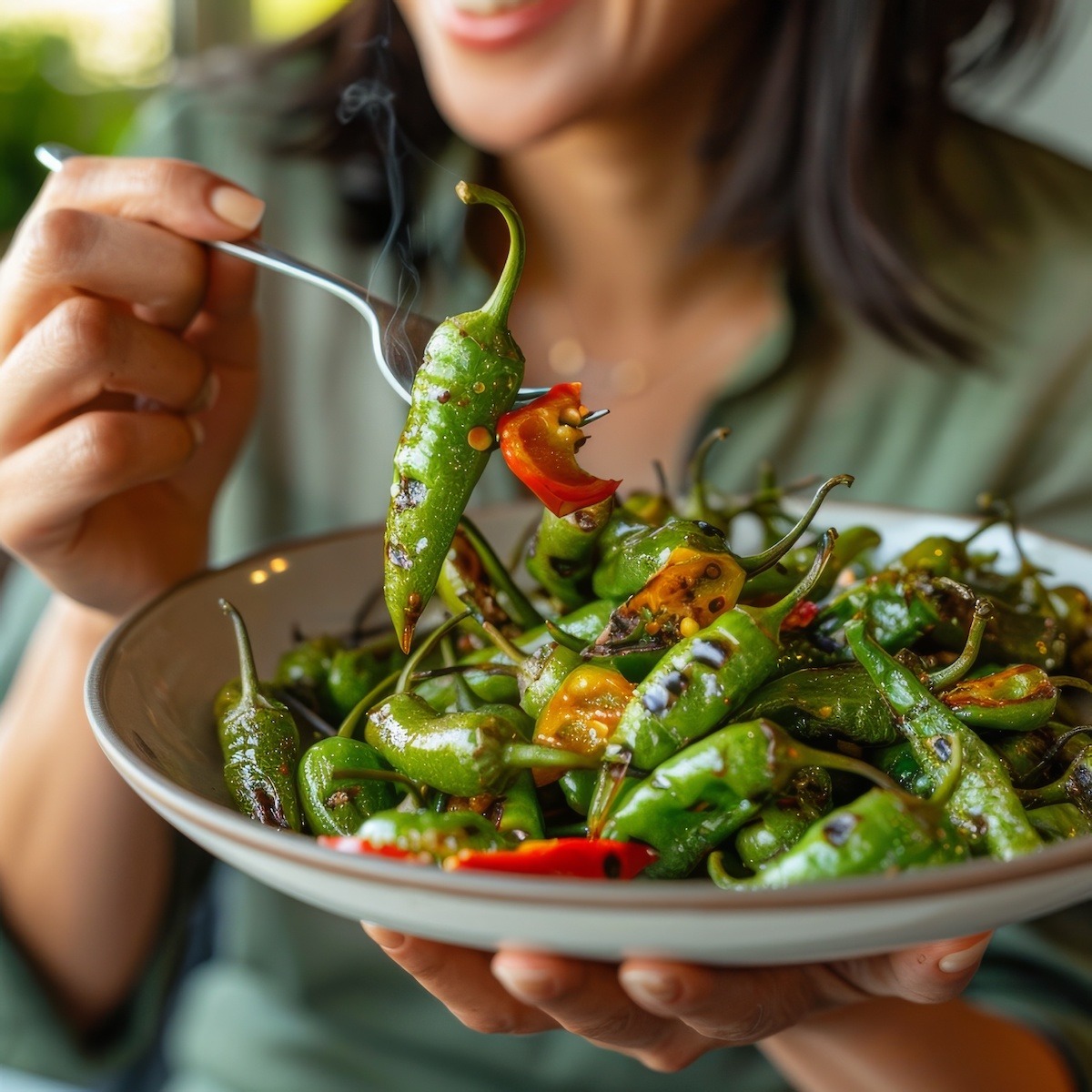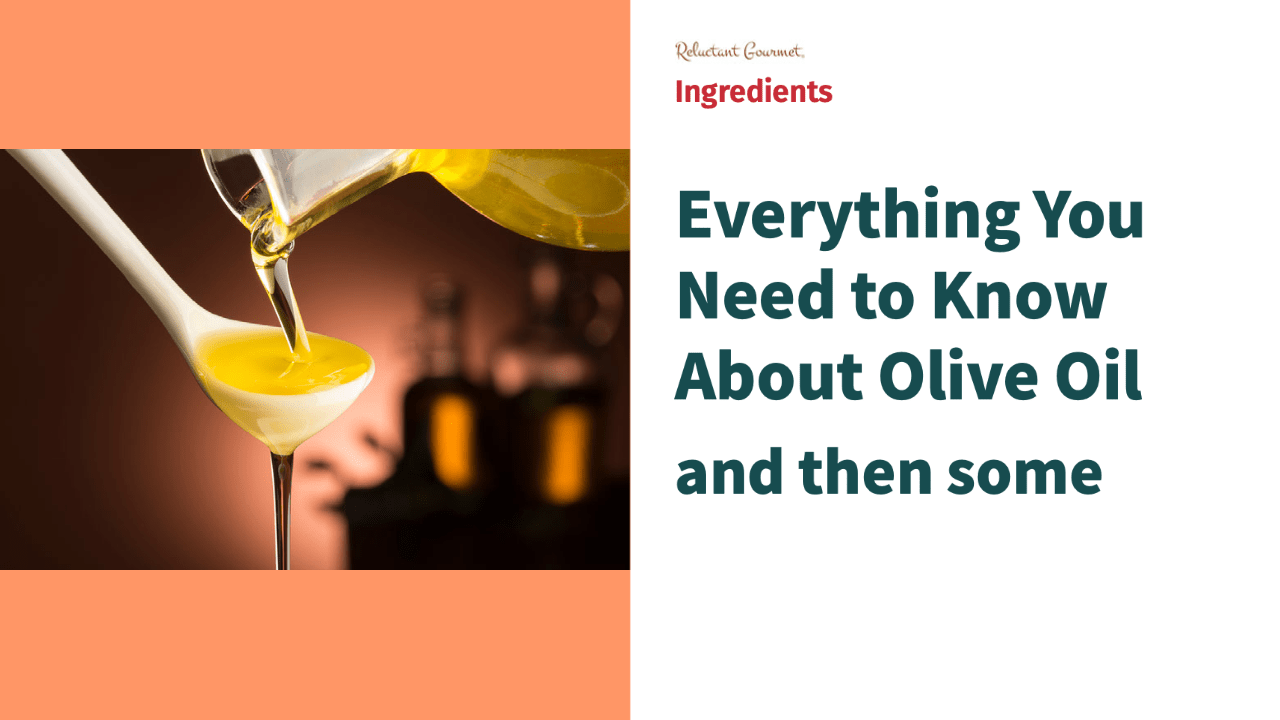

All About Shishito Peppers
My daughter and I were having dinner one night, and she ordered shishito peppers for both of us. You may get one or two hot ones per order. This batch had five or six, and our mouths were on fire. I said, “Never again, until next time.”
Shishito peppers, those small, mild Japanese delights, are a feast for the senses. With their vibrant green hue and delicate, wrinkled skin, they beckon as a popular appetizer or snack. Whether grilled or pan-fried, these peppers are best enjoyed whole, stem and all.
While most shishito peppers are mild, occasionally, one pepper in a batch will be spicy, which can add a fun element of surprise to eating them. They are becoming increasingly popular in Western cuisine and are often found at specialty grocery stores or restaurant menus.
Origin
Shishito peppers originated in Japan, where they have been a popular ingredient in cuisine for centuries. They are believed to have been introduced to Japan by Portuguese traders in the 16th century. The name “shishito” means “lion’s head” in Japanese, which refers to the shape of the pepper’s wrinkled tip.
In Japan, shishito peppers are grilled or pan-fried and served as appetizers or side dishes. They are often paired with a sprinkling of salt or a soy sauce-based dipping sauce.
In recent years, shishito peppers have gained popularity in other parts of the world, particularly in the United States. They are now grown in many countries, including the US, where they are commonly found in farmer’s markets and grocery stores.
Five Fun Facts About Shishito Peppers
- Shishito peppers are usually mild, but occasionally, one pepper in a batch will be spicy. This is due to a genetic variation, and the spiciness is not related to the pepper’s color or size.
- In Japan, there is a belief that eating shishito peppers can help combat summer heat and fatigue.
- In traditional medicine, they are sometimes used as a natural remedy for various ailments. They are believed to have anti-inflammatory properties and may effectively treat asthma, arthritis, and hypertension.
- Shishito peppers are relatively easy to grow and are often recommended as a good choice for beginners interested in growing their own vegetables.
- In recent years, shishito peppers have become a trendy ingredient in Western cuisine. They are featured in a variety of dishes, from pizza toppings to cocktail garnishes. They are often served creatively, such as stuffed with cheese or wrapped in bacon.
Why Are Some Hot and Spicy and Others Are Not?
Most shishito peppers are mild, with a Scoville Heat Unit (SHU) rating between 50 and 200. However, occasionally, one pepper in a batch will be spicy, with a SHU rating of up to 1000.
This variation in spiciness is due to genetic diversity. Shishito peppers, like all pepper varieties, contain capsaicinoids, the compounds that give peppers their heat. The level of capsaicinoids in pepper is determined by genetic factors, such as the presence of specific enzymes that produce or break down these compounds.
It is impossible to determine which shishito peppers are spicy and which are mild simply by looking at them. Therefore, eating them as a mixed batch is common, with the mild peppers balancing out the occasional spicy one.
You may enjoy the surprise of eating shishito peppers, not knowing which ones will be spicy or mild. Others prefer to add a bit of excitement by dipping them in a spicy sauce or seasoning to give them some extra heat.

Great Sauces to Go With Shishito Peppers
Shishito peppers are often served with dipping sauces that complement their mild, slightly sweet flavor. Here are some sauces that go well with shishito peppers:
- Ponzu sauce: This citrus-based sauce adds a tangy, slightly salty flavor to peppers. It is typically made with soy sauce, rice vinegar, mirin, and citrus juice, such as lemon or lime.
- Soy-ginger sauce: This sauce combines soy sauce, rice vinegar, minced ginger, and a touch of honey for a savory-sweet flavor that pairs well with shishito peppers.
- Miso dressing: Miso is a fermented soybean paste that adds a rich umami flavor to any dish. To make a miso dressing for shishito peppers, mix together miso paste, rice vinegar, sesame oil, and honey or maple syrup.
- Garlic aioli: This creamy, garlicky sauce is a classic dipping sauce for roasted vegetables. To make garlic aioli, whisk together mayonnaise, minced garlic, lemon juice, and a pinch of salt and pepper.
- Sriracha mayo: If you like shishito peppers with a bit of heat, try dipping them in Sriracha mayo. Mix together mayonnaise and sriracha hot sauce to taste.
How to Put the Fire Out
If you accidentally get a spicy shishito pepper that is too hot for your taste, there are a few things you can do to help cool down the burn:
- Eat something cool and refreshing: Drinking water or eating a cooling food, such as yogurt or milk, can help soothe the burn of a hot pepper.
- Eat something starchy: Eating something starchy, such as bread, rice, or potatoes, can help absorb the capsaicin causing the burn and reduce the heat in your mouth.
- Avoid drinking alcohol: Alcohol can make the burning sensation worse, so it’s best to avoid it if you’ve accidentally eaten a spicy shishito pepper.
- Wait it out: The burning sensation from a spicy pepper will eventually subside. You can try to distract yourself by engaging in a conversation or doing another activity until the burn fades.
What about vinegar (cole slaw)?
Vinegar can also help reduce the heat of a hot shishito pepper. Its acidity can help neutralize capsaicin, which gives peppers heat.
You can try soaking a piece of bread or a cracker in vinegar and then eating it to help reduce the heat in your mouth. Alternatively, you can mix a small amount of vinegar with water and use it to rinse your mouth out.
Remember that vinegar is acidic and can be harsh on your teeth, so it’s best to use it sparingly and rinse your mouth with water afterward. It’s also important to note that while vinegar can help reduce the heat of a hot pepper, it won’t completely eliminate the heat. The best way to avoid getting a hot shishito pepper is to look for ones with smooth and firm skin, as these are typically milder.
📖 Recipe
Shishito Peppers
Here is a simple recipe for pan-fried shishito peppers
Ingredients
- 1 pound shishito peppers
- 1 tablespoon olive oil
- 1 teaspoon salt course
- lemon wedges optional
Instructions
Rinse the shishito peppers and pat them dry with a paper towel.
Heat the olive oil in a large skillet over medium-high heat.
Add the shishito peppers to the skillet and sauté for 5-7 minutes, stirring occasionally, until the peppers are lightly charred and blistered.
Sprinkle the coarse salt over the peppers and stir to distribute.
Remove the peppers from the heat and transfer them to a serving dish.
Squeeze lemon wedges over the peppers, if desired, and serve immediately.
Notes
To customize the dish, you can also experiment with different seasonings or dipping sauces. Enjoy!
 Print
Print






